Bridging the Past, Present, and Future of Tech
Robotics in Manufacturing
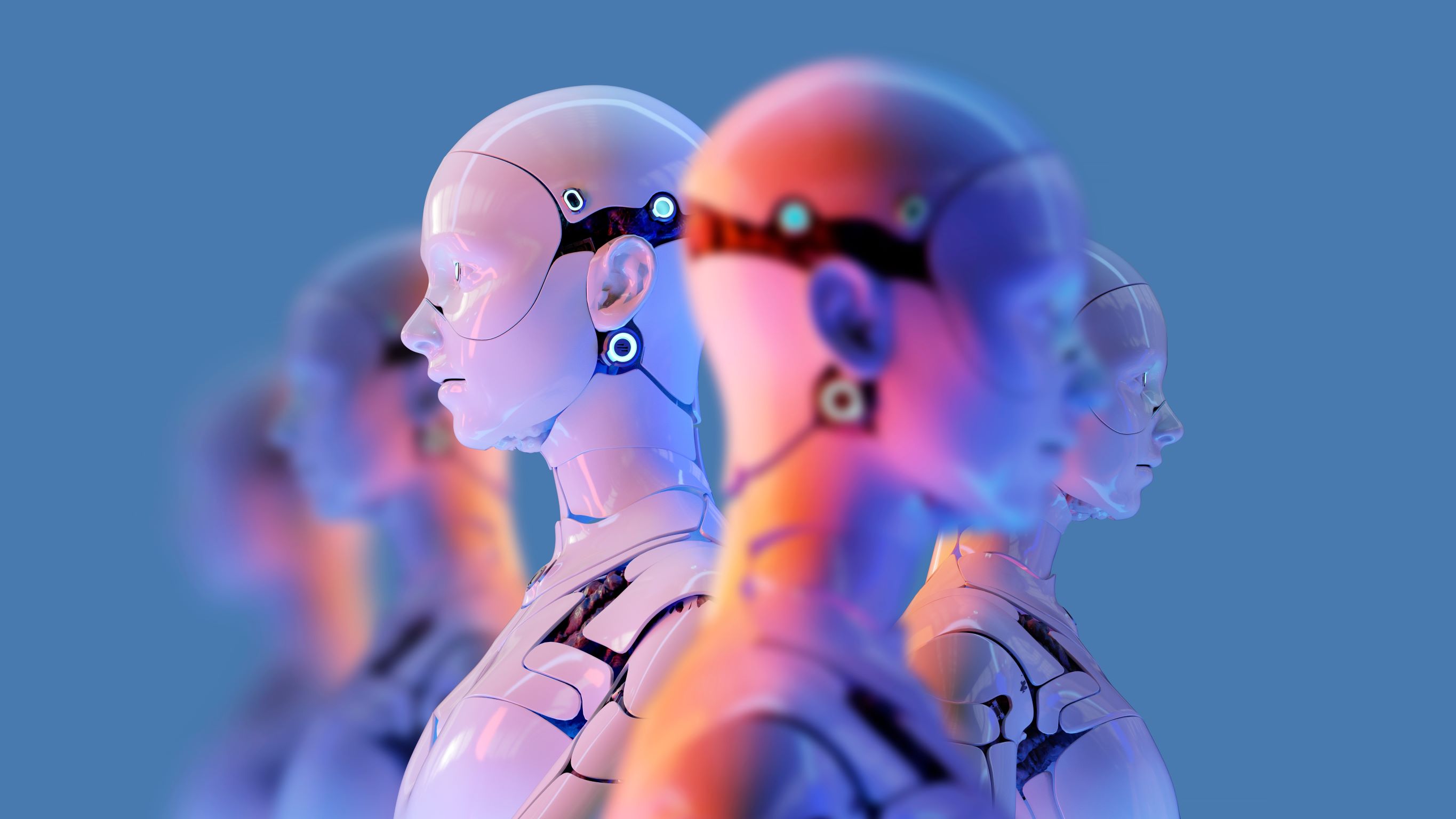
Robotics in manufacturing isn't just about technology; it's about enhancing productivity, ensuring precision, and maintaining a competitive edge. The global market for industrial robots continues to expand rapidly, driven by the increasing adoption of automation to improve efficiency and reduce production costs.
But what is manufacturing automation? It involves using technology to automate production processes, reducing human intervention and enhancing efficiency.
Robotic in manufacturing processes has proven to reduce operational costs by up to 30%, while also minimizing human error and improving product quality. Additionally, the use of robotics has led to a significant decrease in workplace injuries, as robots take over hazardous tasks.
- The Evolution of Manufacturing: From Manual Labor to Robotics

- Types of Robots Used in Manufacturing

- Benefits of Implementing Robotics in Manufacturing

- Challenges and Considerations in Robotics Integration

- Case Studies: Successful Implementations of Robotics in Manufacturing

- The Future of Robotics in Manufacturing

- Conclusion

The Evolution of Manufacturing: From Manual Labor to Robotics
Manufacturing began with manual labor, where human hands performed all tasks. This approach, while effective for small-scale production, had its limitations in terms of speed, consistency, and scalability. The advent of early mechanization during the Industrial Revolution marked a significant shift. Machines began to take over repetitive tasks, improving efficiency and laying the groundwork for modern manufacturing.
The introduction of industrial automation in the mid-20th century brought about the first robots in a factory. The first industrial robot, Unimate, was installed in a General Motors factory in 1961. These early robots, like Unimate, were designed to handle dangerous and repetitive tasks, such as die casting and spot welding, thereby increasing safety and productivity. Unimate operated with hydraulic actuators and followed commands from a magnetic drum, showcasing the potential of automation to revolutionize production. This era marked the beginning of a new phase where robots and manufacturing became inseparable.
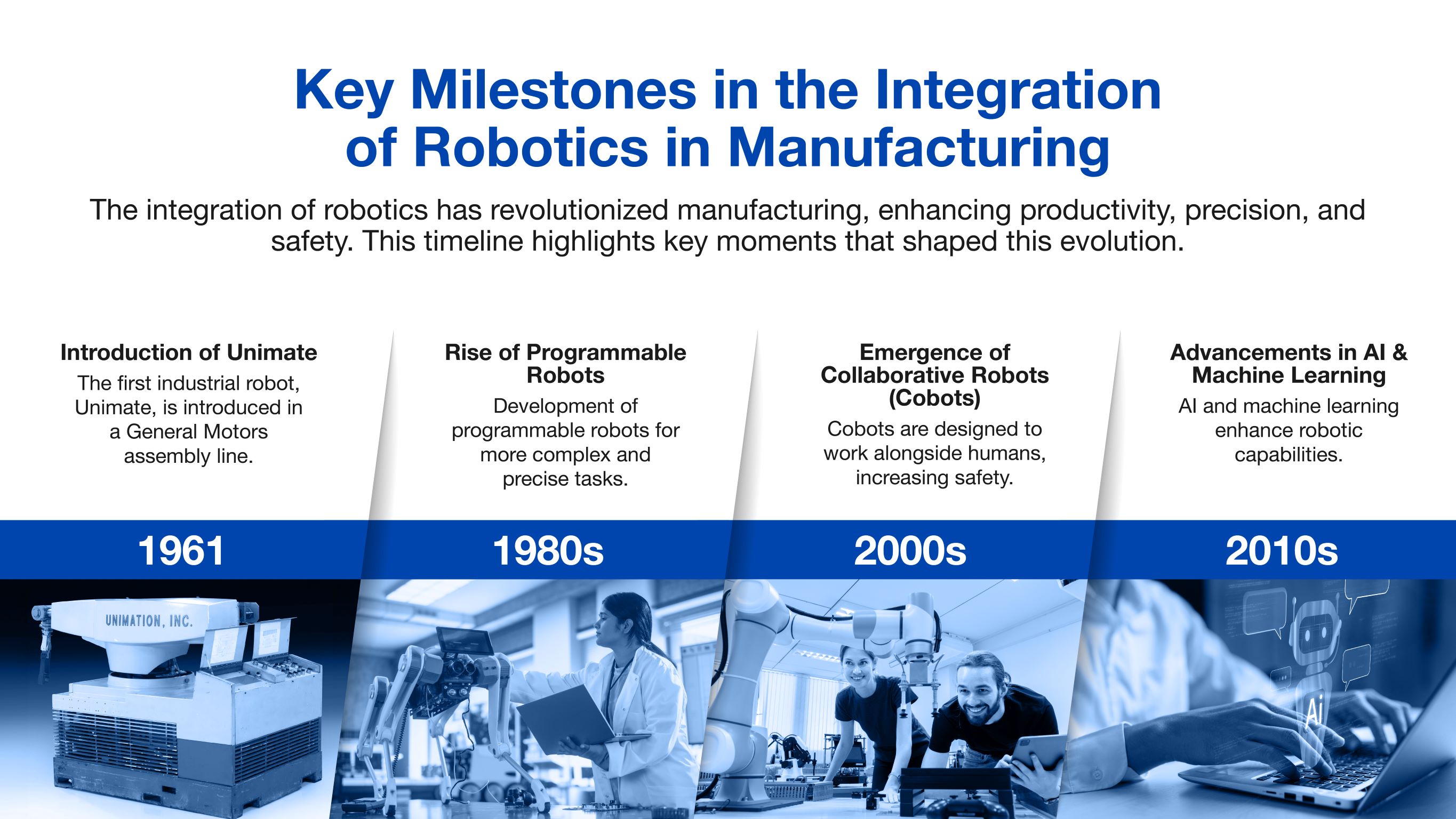
Key Milestones in the Integration of Robotics in Manufacturing
The journey of manufacturing with robots is dotted with key milestones:
● 1961: Introduction of Unimate, the first industrial robot, in a General Motors assembly line. This event answers the question: when was the first robot used in manufacturing.
● 1980s: The rise of programmable robots, allowing for more complex and precise tasks, for example: assembling intricate electronic components and performing detailed welding.
● 2000s: The emergence of collaborative robots (cobots) designed to work alongside humans.
● 2010s: Advancements in AI and machine learning, enhancing robotic capabilities.
The growth of the industrial robotics market is driven by the increasing need for automation to enhance productivity and reduce costs.
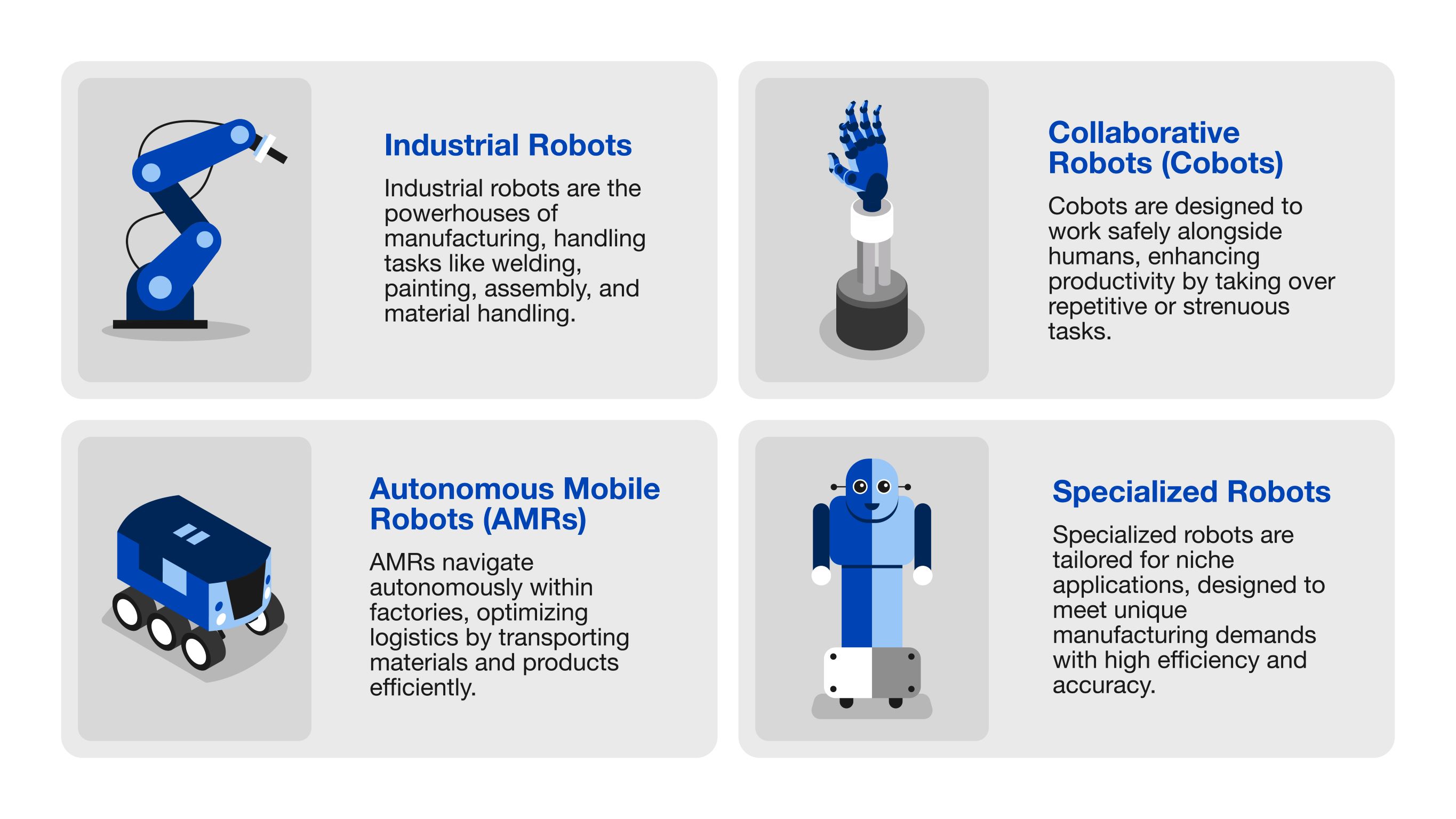
Types of Robots Used in Manufacturing
Industrial Robots
Industrial robots, characterized by their strength, speed, and precision, are the backbone of modern manufacturing. These robots handle tasks such as welding, painting, assembly, and material handling, operating tirelessly around the clock. Their ability to perform repetitive tasks with high accuracy ensures consistent product quality and maximizes output. There are several types of industrial robots commonly used in manufacturing, including:
● Articulated Robots: These robots have rotary joints and are highly versatile, mimicking the human arm to perform tasks with great flexibility.
● SCARA Robots: Known for their speed and precision in lateral movements, SCARA robots excel in high-speed, repetitive actions like pick-and-place operations.
● Delta Robots: Designed for high-speed operations, delta robots are ideal for tasks requiring quick and precise positioning, such as packaging and sorting.
● Cartesian Robots: Operating on three linear axes, Cartesian robots are known for their straightforward control and high precision, suitable for CNC machining and 3D printing.
Each type offers unique advantages depending on the application requirements.
Collaborative Robots (Cobots)
Cobots represent a paradigm shift in robotics. Unlike traditional robots confined to cages for safety, cobots are designed to work alongside humans. They enhance productivity by taking over repetitive or strenuous tasks, allowing human workers to focus on more complex and creative aspects of manufacturing. This collaboration between humans and robots leads to a safer and more efficient workplace. Cobots are particularly valuable in environments where flexibility and human interaction are essential, such as assembly lines and quality control processes.
Autonomous Mobile Robots (AMRs)
AMRs navigate autonomously within manufacturing environments, transporting materials and products efficiently. Equipped with advanced sensors and AI, these robots adapt to dynamic environments, optimizing logistics and reducing downtime. Their flexibility makes them ideal for tasks like inventory management, order fulfillment, and intra-factory transport. AMRs enhance operational efficiency by ensuring timely and accurate delivery of materials, thereby streamlining the production process.
Specialized Robots
Specialized robots cater to niche applications within manufacturing. Whether it's precision cutting in the aerospace industry or delicate handling of electronics components, these robots are designed with specific capabilities to meet unique demands. Their customized nature ensures that even the most complex manufacturing processes are executed with high efficiency and accuracy. For instance, cleanroom robots are used in semiconductor manufacturing to maintain ultra-clean conditions, while robotic arms equipped with vision systems are employed in the pharmaceutical industry for high-precision tasks.
Examples of Robots in Industry
There are numerous examples of robots in industry that highlight the diverse applications of robotic technology. In the automotive industry, robots perform tasks like welding, painting, and assembly with remarkable precision and speed. In the electronics industry, robots handle small components and perform delicate soldering tasks that require a high degree of accuracy. The food and beverage industry utilizes robots for packaging, sorting, and quality control to maintain hygiene and efficiency.
These examples underscore the broad application of robotics in industry, demonstrating how robots in industry can enhance productivity, safety, and quality across various sectors.
The integration of these different types of robots in manufacturing processes not only boosts efficiency and consistency but also opens up new possibilities for innovation and customization in production. As technology advances, the role of robots in industry will continue to expand, offering even more sophisticated solutions to meet the ever-evolving demands of modern manufacturing.
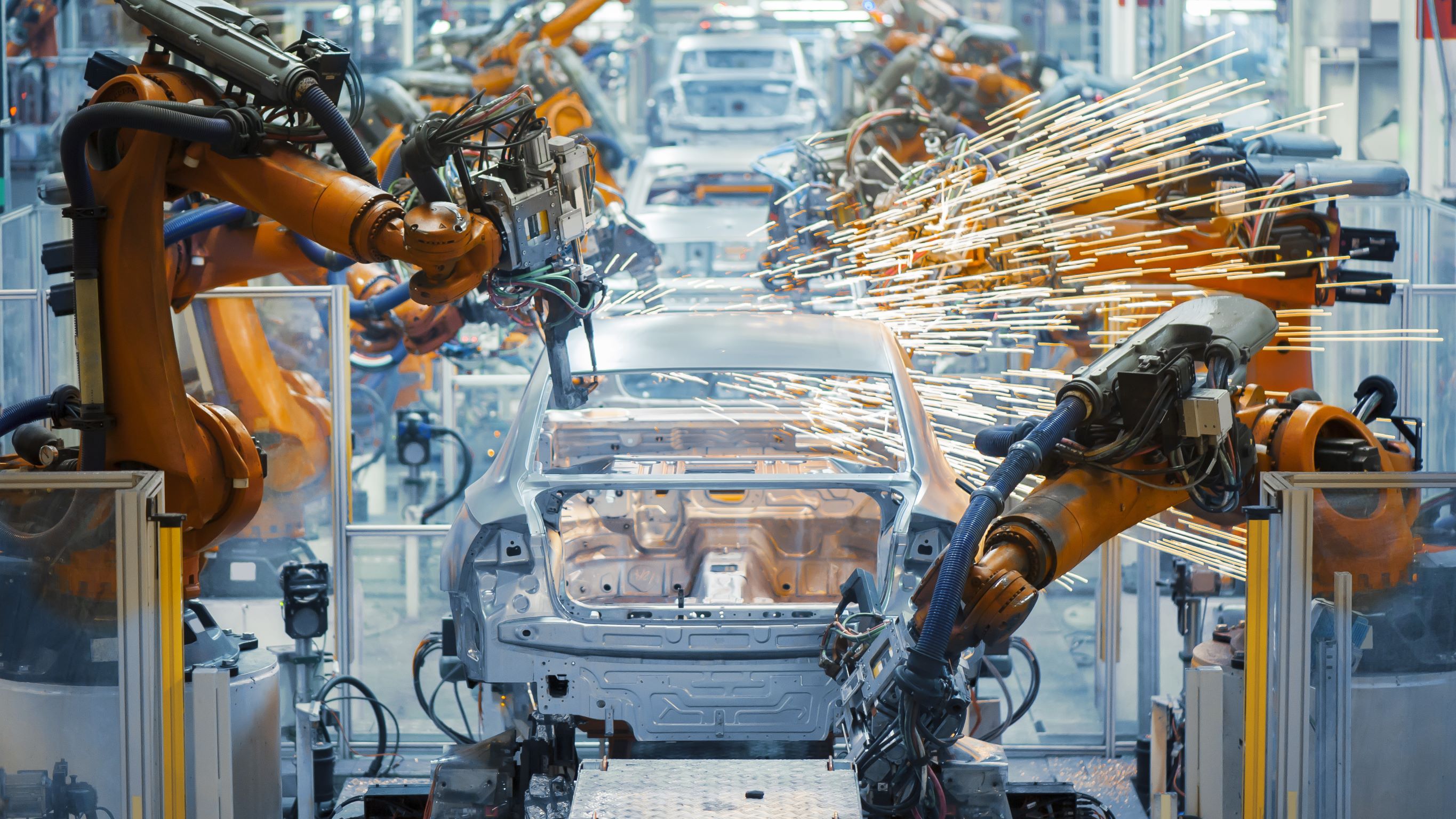
Benefits of Implementing Robotics in Manufacturing
The benefits of using robots in manufacturing are numerous and impactful, enhancing various aspects of production and business operations. Here's why robots and industry are a perfect match:
● Increased Productivity and Efficiency
Robots significantly enhance productivity by performing tasks faster and with greater precision than human workers. This boost in efficiency translates to higher output, allowing manufacturers to meet market demands swiftly. Additionally, robots operate continuously without fatigue, further increasing overall productivity.
● Enhanced Quality and Precision
Consistency is crucial in manufacturing, and robots excel in this area. By following programmed instructions meticulously, robots ensure that every product meets the same high standards. This precision reduces defects and waste, leading to higher customer satisfaction.
● Safety Improvements
By taking over dangerous and repetitive tasks, robots significantly improve workplace safety. They handle hazardous materials, operate in extreme environments, and perform strenuous tasks, reducing the risk of injuries to human workers. This focus on safety creates a healthier work environment and reduces costs associated with workplace accidents.
● Cost Savings
While the initial investment in robotics can be substantial, the long-term financial benefits are undeniable. Increased productivity, reduced waste, and fewer workplace injuries lead to significant cost savings. Additionally, robots lower operational costs by minimizing the need for rework and ensuring consistent quality.
● Scalability
Robotic systems offer scalability, allowing manufacturers to adjust production levels swiftly in response to market demands. Whether ramping up production during peak seasons or scaling down during slower periods, robots provide the flexibility needed to maintain operational efficiency.
However, it's essential to consider the advantages and disadvantages of using robots in manufacturing. While the benefits are clear, challenges such as high initial costs, the need for skilled maintenance personnel, and potential job displacement must be addressed.
Challenges and Considerations in Robotics Integration
Integrating industrial robots into manufacturing processes presents several challenges:
● High Initial Costs
Implementing industrial automation and robotics requires significant upfront investment, which can be a barrier for some manufacturers. A thorough cost-benefit analysis and accurate ROI calculations are essential to justify these expenses.
● Job Displacement Concerns
The shift to automation raises fears of job loss as robots take over repetitive tasks. However, this also creates opportunities for reskilling and upskilling, allowing workers to transition to more complex roles.
● Technical Integration
Incorporating robots in industry manufacturing into existing systems can be complex. Seamless communication between robots and other machinery, as well as proper maintenance, is crucial to avoid downtime.
● Regulatory and Compliance Issues
Navigating legal requirements, including safety standards and data privacy regulations, is vital for compliance. Staying updated on regulatory changes helps prevent legal challenges.
● Customization and Scalability
Adapting robotic systems to meet specific manufacturing needs is essential for efficiency. Planning for scalability ensures that these systems can grow with production demands.
By addressing these challenges and considerations, manufacturers can successfully integrate industrial robots and leverage the full potential of industrial automation and robotics to enhance productivity, improve quality, and maintain a competitive edge in the industry.
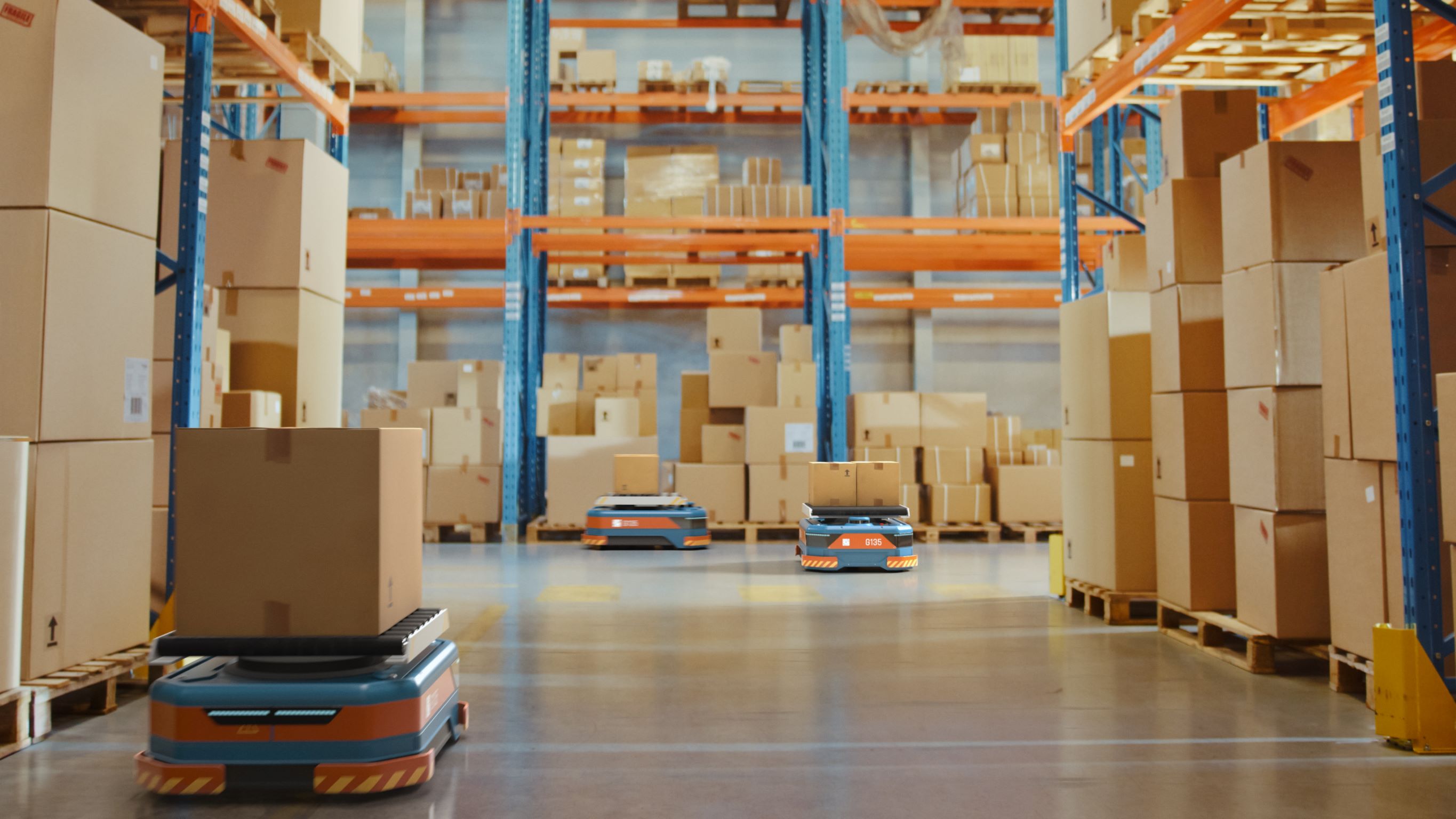
Case Studies: Successful Implementations of Robotics in Manufacturing
● Agility Robotics
Agility Robotics, backed by TDK Ventures, uses humanoid robots like Digit to improve efficiency in warehousing by handling tasks such as picking, packing, and inventory management.
● Automotive Industry
The automotive industry uses robots for welding, painting, assembly, and quality inspection, ensuring precision and reducing costs. TDK’s RoboKit1 supports these applications.
● Electronics Manufacturing
Robots in electronics manufacturing perform precise tasks like assembling components and soldering, enhancing consistency and productivity. More details are available in our Service Robots Application Guide.
● Food and Beverage Industry
Robots in the food and beverage industry improve hygiene and efficiency by handling packaging, sorting, and quality control, reducing contamination risks.
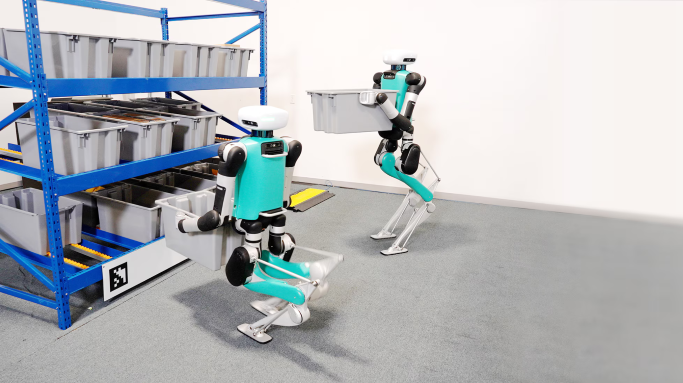
The Future of Robotics in Manufacturing
● AI, Machine Learning, and Robotics
The integration of AI and machine learning with robotics represents a significant trend in robots in manufacturing. These technologies enable robots to learn and adapt, improving their performance and efficiency over time. This evolution promises to make manufacturing processes more intelligent, flexible, and responsive to changing market demands. TDK contributes significantly to this trend by developing advanced sensors and components that enhance the capabilities of AI-driven robotic systems.
● Eco-friendly Manufacturing Practices
Sustainability is becoming a key consideration in manufacturing. Robotics for manufacturing can contribute to eco-friendly practices by reducing waste, optimizing resource use, and enabling energy-efficient processes. As the industry moves towards greener solutions, robots will play a crucial role in achieving sustainability goals.
● Enhancing Collaboration and Usability
Enhancing human-robot interaction is essential for maximizing the benefits of robots in manufacturing. By improving the usability and intuitiveness of robotic systems, manufacturers can ensure that workers can easily collaborate with robots. This synergy enhances productivity and creates a more harmonious working environment.
● Shaping the Future of Global Manufacturing Industries
The impact of robotics on global manufacturing industries is profound. As robots become more advanced and accessible, they will shape the future of manufacturing worldwide. This transformation will drive economic growth, create new job opportunities, and set new standards for efficiency and quality across robots in industries.
Conclusion
The integration of robotics in manufacturing is a transformative force, enhancing productivity, precision, and safety. From the early days of mechanization to the advent of AI-powered robots, this journey has been marked by innovation and progress. TDK advances manufacturing robotics through innovations in sensors and actuators. Collaborations, like with Agility Robotics, highlight our commitment to pioneering robotics advancements.
Our Human-Centric Robots article showcases TDK’s impact on everyday tasks and manufacturing processes.
As we look to the future, the potential for robotics in manufacturing is limitless, promising a more efficient, sustainable, and dynamic industry.
TDK is a comprehensive electronic components manufacturer leading the world in magnetic technology






